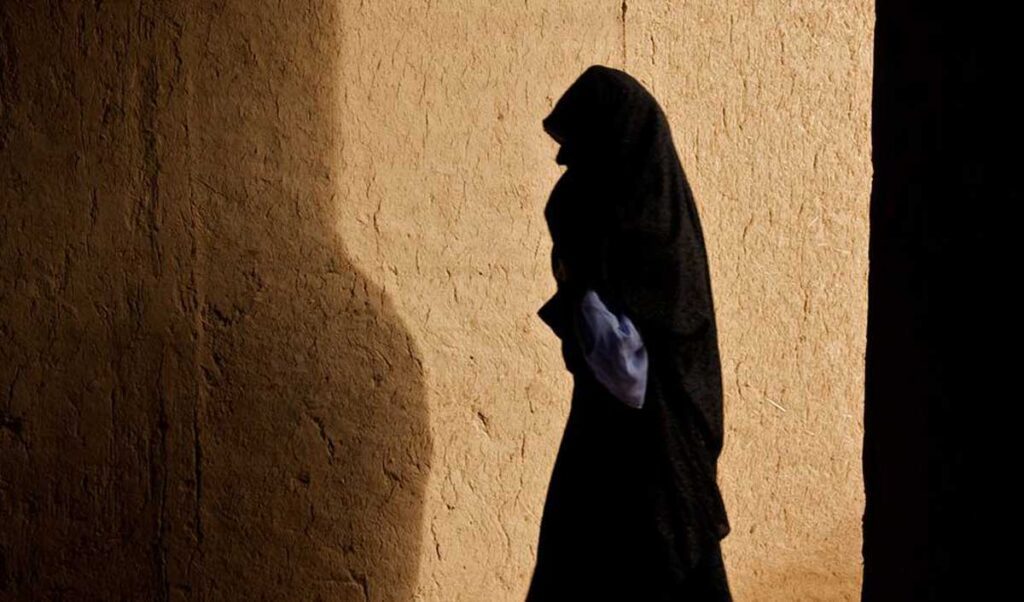The Silent Struggle of Afghan Women: A Call for Education and Empowerment
As women around the globe confront their own sorrow and anguish, Afghan women experience an overwhelming silence, amplified by a series of bans and sanctions since the Taliban reclaimed power. The most recent tragedy occurred when the Taliban prohibited women from pursuing careers as midwives and nurses, effectively extinguishing the aspirations of many. This heart-wrenching ban not only plunges countless women into despair but also raises alarming questions about the dangers Afghan women may face as patients without access to educated healthcare providers. This situation underlines the precarious state of women’s rights in Afghanistan.
Understanding Islam and Women’s Education
Recently, I tuned into a Twitter space initiated by Afghan men, addressing the topic, “Afghan women demand their right to education per Shariah. Is women’s education permissible in Shariah (Islamic law)?” To my dismay, the discussion was held in Persian, prompting me to reflect on two essential questions: What is Islam’s stance on women’s education, and what does Pashtoon culture contribute to this discourse?
Upon further exploration, I found that Islam inherently upholds the significance of education for everyone, regardless of gender. The Quran emphasizes knowledge in Surah 39:9, stating, “Those who know are not equal to those who do not.” Moreover, the Hadith of Prophet Muhammad strongly asserts that seeking knowledge is an obligation for every Muslim, both male and female. Historical records highlight a rich Islamic tradition where women have played pivotal roles in education, featuring iconic figures like Aisha, the Prophet’s wife, and Fatimah al-Fihri, the visionary founder of Morocco’s University of Al-Qarawiyyin. Other notable scholars include Rabi’ah Bint Mu’awwad and Umm ‘Atiyyah, who taught Islamic law to male scholars. These groundbreaking women were not contravening Shariah; they were exemplifying its true essence, which advocates for education and empowerment for all.
The Misconception of Pashtoon Culture
Pashtoon culture is often inaccurately portrayed as misogynistic. However, this narrative is misleading. In fact, in Khyber Pakhtoonkhwa, Pakistan, Pashtoon culture boasts a rich history of promoting enlightenment and feminist values. A significant figure was Bacha Khan, a revered Pashtoon leader, who advocated for education for both girls and boys. He established the Khudai Khitmatgar (Servants of God) Movement in 1929, prioritizing education and setting a powerful example by sending his daughters to school. Bacha Khan’s legacy stands as a testament to Pashtoon culture’s potential for progress and equality.
Modern Advocates for Women’s Education
In contemporary Afghanistan and Pakistan, figures such as Mia Khan from Paktika province and Ziauddin Yousafzai, Malala’s father from Khyber Pakhtunkhwa, illustrate that Pashtoon culture does not inherently obstruct women’s education. These men, deeply connected to their cultural roots, actively promote women’s empowerment and education, countering the stereotype of misogyny within their community.
Political Motivations Behind Educational Bans
This leads to an essential question: If the roots of educational restrictions do not stem from culture or religion, what drives such policies? According to Khalid Amiri, an Afghan journalist exiled in Australia, these measures are “totally political,” lacking any genuine religious or cultural justification. He shared that his two female cousins, who were in their final year of medical studies, were barred from graduating, reflecting the Taliban’s broader strategy to control half of Afghanistan’s population—its women—by denying them their educational rights. Amiri states, “The ultimate goal is to exert total control over the population, stripping them of their ability to think critically and challenge the regime.”
The Taliban’s fear of westernization plays a significant role in this dynamic. The regime perceives western-style education as a direct threat to its patriarchal values, mistakenly viewing educational pursuits as a rejection of the Islamic concept of purdah (the practice of veiling). The ban on women’s education is erroneously seen as a defense of conservative practices rather than an obstacle to female empowerment within the confines of Islamic faith.
Internal Struggles Within the Taliban
The hardliner-pragmatic divide within the Taliban further complicates the issue. As the government faces external threats from groups like IS-Khorasan and the National Resistance Front (NRF), it seeks to project unity and avoid infighting, compromising on moderate stances and capitulating to hardliners at the expense of women’s educational rights.
The fight for women’s rights in Afghanistan has been weaponized within the Taliban’s political strategies, endangering millions of lives. Behind the guise of Pashtoonwali and Shariah lies a pursuit of power and control. The pleas of Afghan women fade into silence as global Human Rights organizations, like Amnesty International and Human Rights Watch, continue to issue hollow statements of condemnation.
The Role of the International Community
Meanwhile, the U.S. government, which champions women’s rights, inadvertently supports the Taliban’s oppressive regime with over $21 billion in aid. This hypocrisy is glaring. If the U.S. is genuinely committed to empowering Afghan women, it must impose conditions on its support, making the lifting of the education ban an unyielding requirement.
However, such demands may provoke backlash from hardliners who will perceive them as Western imposition. To navigate this complex situation, the international community must engage in meaningful dialogue, employing economic aid as leverage for securing tangible improvements in women’s rights.
A Call to Action
It is crucial to transition from mere rhetoric to practical steps. Only through sustained pressure and pragmatic diplomacy can the Taliban be encouraged to allow Afghan women to reclaim their right to education and strive for a better future. The time for empty words has passed; the moment for decisive action is now.


